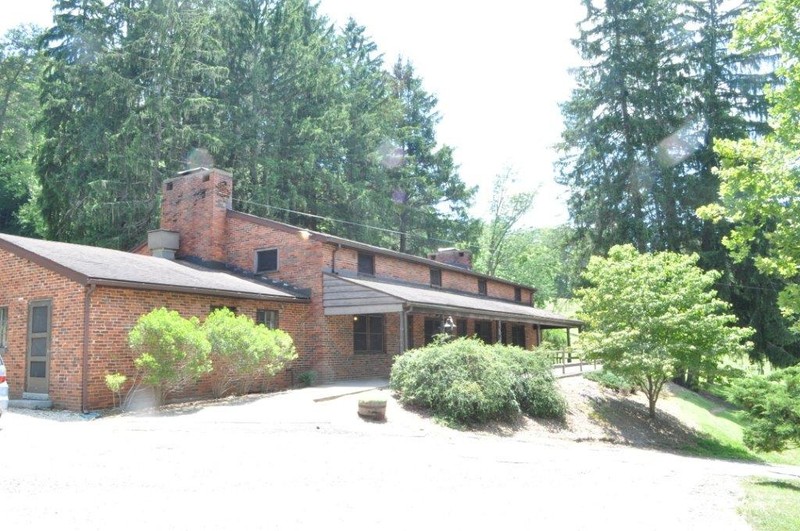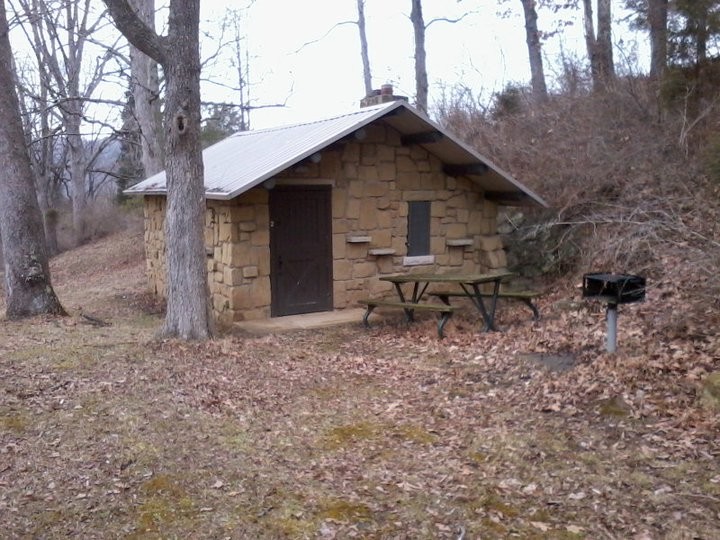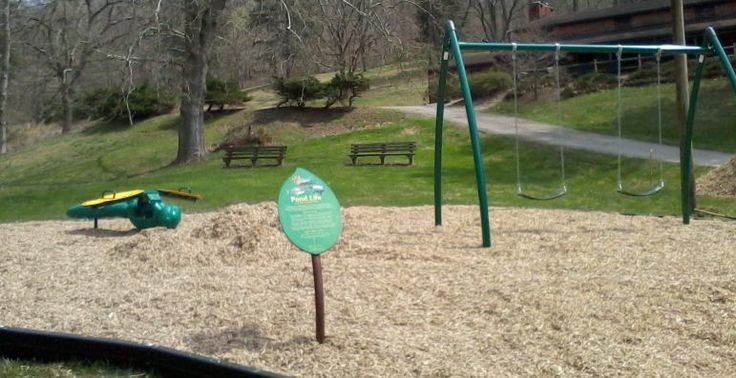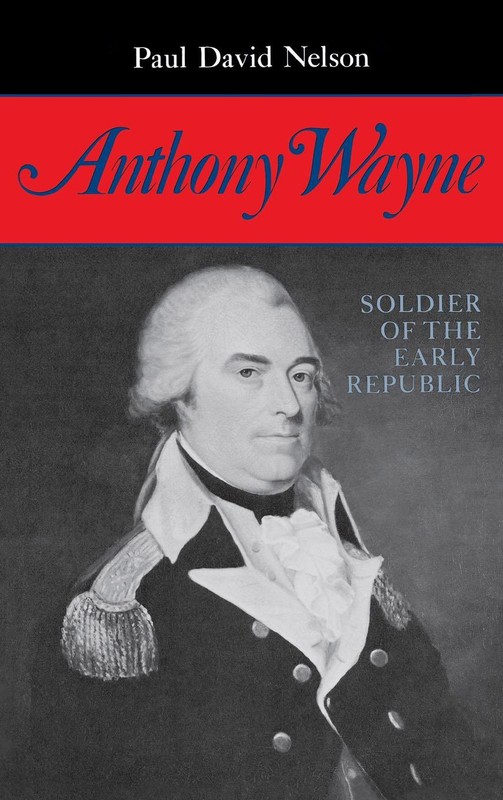Camp Mad Anthony Wayne
Introduction
Text-to-speech Audio
Images
Camp Mad Anthony Wayne Lodge operated by the Greater Huntington Parks and Recreation Department.

Camp Mad Anthony Wayne Cabin

New Playground at Camp Mad Anthony Wayne

Indiana University Press published this work about the life and times of this military leader in 1985. Click the link below to learn more about the book.

Backstory and Context
Text-to-speech Audio
Anthony Wayne was born on January 1, 1745 in Paoli, Chester County, Pennsylvania to Isaac and Elizabeth Wayne. He was one of five children of a Protestant Anglo-Irish family. Wayne was educated as a surveyor at his uncle's private academy in Philadelphia, as well as at the College of Philadelphia. He graduated in 1765 and in 1766 Wayne was sent by Benjamin Franklin and some associates to work for a year surveying land they owned in Nova Scotia and assisting with starting settlements there. He served in the Pennsylvania legislature from 1774–1780. Anthony Wayne married Mary Penrose in 1766. They had two children, one daughter named Margretta who was born in 1770 and one son named Isaac Wayne who was born in 1772.
Wayne received the nickname "Mad" after his courageous victory at the Battle of Stony Point. Wayne took 1,350 men and had them scale the steep and rocky sides of Stony Point in the dead of night. He then had his men to only use their bayonets, not wanting to alert the British, as they climbed over the walls of the fort. The battle lasted just 25 minutes but ended with around 70 British dead and 550 prisoners taken. Anthony Wayne lost 15 of his men but earned a medal from Congress for his efforts in the battle.
In 1792, Wayne was appointed by President George Washington to serve as commander in chief of the U.S. Army. His victory at the Battle of Fallen Timbers enabled Wayne to negotiate the Treaty of Greenville where the Indians ceded most of Ohio and large sections of Indiana, Illinois, and Michigan.3 Anthony Wayne made enormous contributions to the American Revolution, and also in the settlement of the Northwest Territories. Anthony Wayne has acquired a reputation as being one of America’s great soldiers.
The westernmost county in West Virginia, known as Wayne County, was founded in 1842 and named for General "Mad" Anthony Wayne. This is where Camp Mad Anthony Wayne is located. In 2002, part of the Camp was listed on the National Register of Historic Places, because of the historically significant architecture. "The designated area included a group of buildings dating between 1931 and 1944, including the lodge and seven houses" (cabins).
Camp Mad Anthony Wayne can be used for a wedding reception or family reunions. There is an open play space with a playground for the kids. Also, the camp has hiking trails, picnic tables, plenty of parking, and an open campfire circle to roast marshmallows.
Sources
"Anthony Wayne." Encyclopedia Britannica. Last updated August 18, 2014, http://www.britannica.com/EBchecked/topic/638108/Anthony-Wayne.
"Camp Mad Anthony Wayne." Greater Huntington Park & Recreation District. Accessed on February 18, 2015. http://ghprd.org/index.php?option=com_content&view=article&id=12&Itemid=110&lang=en.
"General Anthony Wayne." National Park Service. Last updated on February 14, 2015. http://www.nps.gov/vafo/historyculture/wayne.htm.
Jared N. Tuk & Geoffrey B. Henry. "Camp Mad Anthony Wayne." National Parks Service - National Register of Historic Places. December 12, 2002. https://npgallery.nps.gov/GetAsset/f26827f9-1038-4c74-8507-8ff5dd164926.
